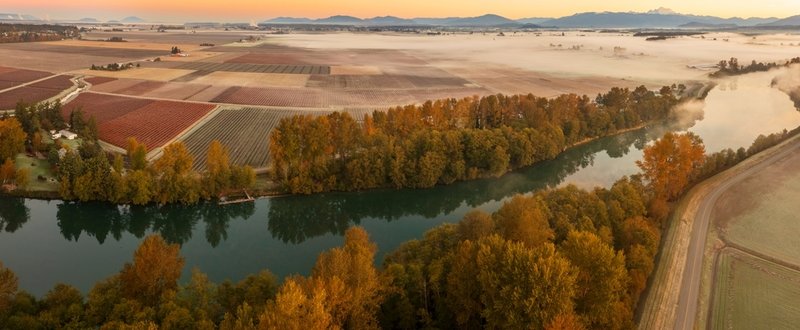Rural Residents Turn to Community Colleges for Bachelor’s Degrees
Blog Post

Edmund Lowe Photography via Shutterstock
July 16, 2025
In today's higher education landscape, the conversation around college affordability tends to focus on tuition rates and financial aid. However, for students in rural and geographically isolated areas, the true cost of pursuing a bachelor's degree extends far beyond the sticker price—it can include the financial, emotional, and practical costs of leaving one's community. Community College Bachelor's (CCB) programs are emerging as a solution that addresses both affordability and accessibility for these underserved populations. For many rural communities, a community college is the only local public institution of higher education. Enabling these institutions to offer bachelor’s programs designed to meet local community and labor market needs can make earning a bachelor’s degree possible for rural students who might not otherwise pursue that goal.
When Mark chose where to pursue his bachelor's degree in software development, his decision-making process was straightforward: "Cost was a big factor for me. I wanted to be able to pay for college without taking out big loans, or really any loans, and this was the only option when I started factoring that in." Mark’s sense of the often prohibitive cost of earning a bachelor’s degree is consistent with findings from my recent research published by the University of Washington. My analysis showed that community college bachelor's degrees consistently offer significant cost savings compared to both public universities and private for-profit institutions. Across 13 states, the median annual tuition and fees for CCB programs was $4,820—less than half the $9,390 median cost at public four-year universities and just a quarter of the $19,097 at for-profit institutions. Mark's experience, shared in an interview conducted in Washington state, reflects a reality for many students in rural and geographically isolated areas.
Along with cost, research consistently shows that rural prospective students also highly value location and proximity to home when choosing where to enroll. Another student, Leah, is a working mother who emphasized this point clearly when describing why she chose a community college bachelor's program: "Every minute I spend commuting translates to additional childcare expenses, as well as extra fuel and parking costs." For rural students, these "proximity costs" can be prohibitive when the nearest four-year university might be hours away. For many rural and geographically isolated students, the decision to pursue higher education comes with a difficult choice: leave home and community behind or forgo advanced educational opportunities. CCB programs can help eliminate this false dichotomy.
The expansion of CCB programs–now numbering over 700 nationwide–represents a structural change in how higher education meets the needs of increasingly cost-conscious and geographically diverse students. As a group of community college researchers at the University of California at Los Angeles Civil Rights Project note, "The community college baccalaureate presents a new opportunity to concretely provide more accessible, affordable, and place-bound bachelor's degrees to advantage social mobility for racial and ethnically diverse students, and to meet local workforce demands."
For rural students like Mark, the ability to pursue a bachelor's degree without leaving home or taking on substantial debt isn't just convenient—it's often the difference between educational advancement and being left behind in an economy that increasingly demands higher credentials. For others in rural and isolated communities, this opportunity cannot come soon enough. As four-year university costs rise and regional economies demand more advanced skills, CCB programs offer a crucial bridge to educational and economic opportunity without requiring geographic displacement. By eliminating the false choice between staying in one's community and pursuing advanced education tied to the local workforce, these programs create pathways to social and economic mobility that benefit not only individual students but entire communities.